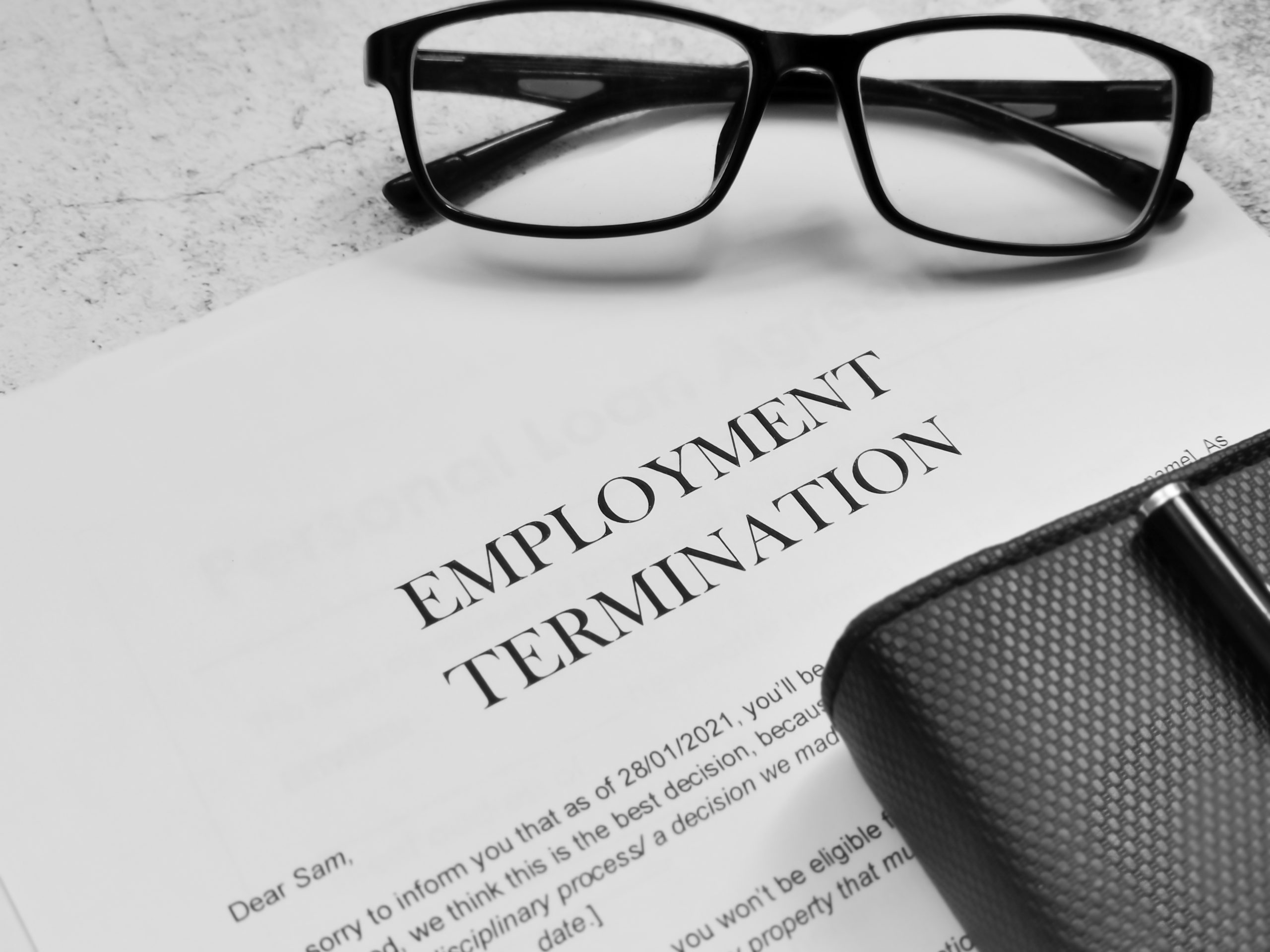 Pete Byrne, our founder and CEO, delves into the traditional relationship between HR departments and employment law teams – and what the missing ‘spark’ could be to ensure true wedded bliss.
Pete Byrne, our founder and CEO, delves into the traditional relationship between HR departments and employment law teams – and what the missing ‘spark’ could be to ensure true wedded bliss.
The current climate has shone a light on how successful organisations operate. While many businesses may have adapted seamlessly to such economic flux, others might have found it something of a struggle.
Throughout what has been a defining era for enterprises large and small, the one thing they must now all focus on is how agile and resilient their people, processes and technology are – especially if they have ambitions of remaining relevant.
As organisations continue to adapt, this shift in mindset may have provided the catalyst to bring HR and employment law teams together – ensuring they become the ‘perfect match’ they perhaps always should have been.
In its simplest form, HR is critical in developing organisational structure, company culture and driving the recruitment, and retention, of top talent. Meanwhile, legal experts are vital when providing expertise on a broad array of commercial and people matters.
Both do have one common goal – to positively impact the long-term future of their firm. Together, they can often be considered as the beating heart of any successful brand. And, while there will be enterprises that do run this way collaboratively, many HR teams still see their employment law advisors as an expensive, ‘necessary evil’.
The missing piece of the puzzle
Unfortunately, for many organisations there is not a quick fix. In fact, like any successful relationship there needs to a commitment to one another, as well as a connection that nobody else has.
In this instance, that added ‘spark’ is called Employee Relations (ER).
For too long, ER has typically been left out in the cold. It has been misunderstood or unfairly labelled as being something an organisation has to do rather than wants to invest in, and transform its current capability.
However, when it concerns the bond between colleagues – and how that impacts the workforce’s collective productivity and company culture – why is it still sat on the shelf gathering dust or hidden away in a company’s formal guidelines?
Roll out a successful ER strategy and organisations can enjoy a huge array of benefits – from improving staff motivation to developing a collaborative environment. It can help repair a business’s damaged reputation, strengthen an enterprise’s market position and bolster much-needed morale.
Ultimately, when resources are stretched, caseloads and tribunal costs are mounting, and colleagues are struggling with productivity – ER can prove to be a pivotal ‘game-changer’.
Taking the traditional relationship to the next level
Providing effective ER is the strategic, advisory support that a firm needs to give itself the best possible chance of maintaining a thriving, energised workforce that buys into the organisation’s direction and long-term future.
Now is not the time for leaders to turn the same operation handle that little bit faster, nor see ER as a tactical, fire-fighting unit or the same necessary evil. There must be a real focus on driving transformational change – whether dynamically upskilling HR and ER teams, integrating online resource services or re-engineering processes and driving major productivity gains. This can be delivered via market-leading ER technology solutions able to revolutionise reporting capability, provide greater budget certainty and huge cost savings through agile pricing models.
Companies committed to bringing together their HR and employment law advisors – for better, for worse – should typically find themselves in a stronger position to tackle future economic disruption. If not, the same transactional, distant relationship will continue unabated. For the best possible happily ever after scenario, ER transformation must be first on the strategic agenda – and considered a boardroom priority.



